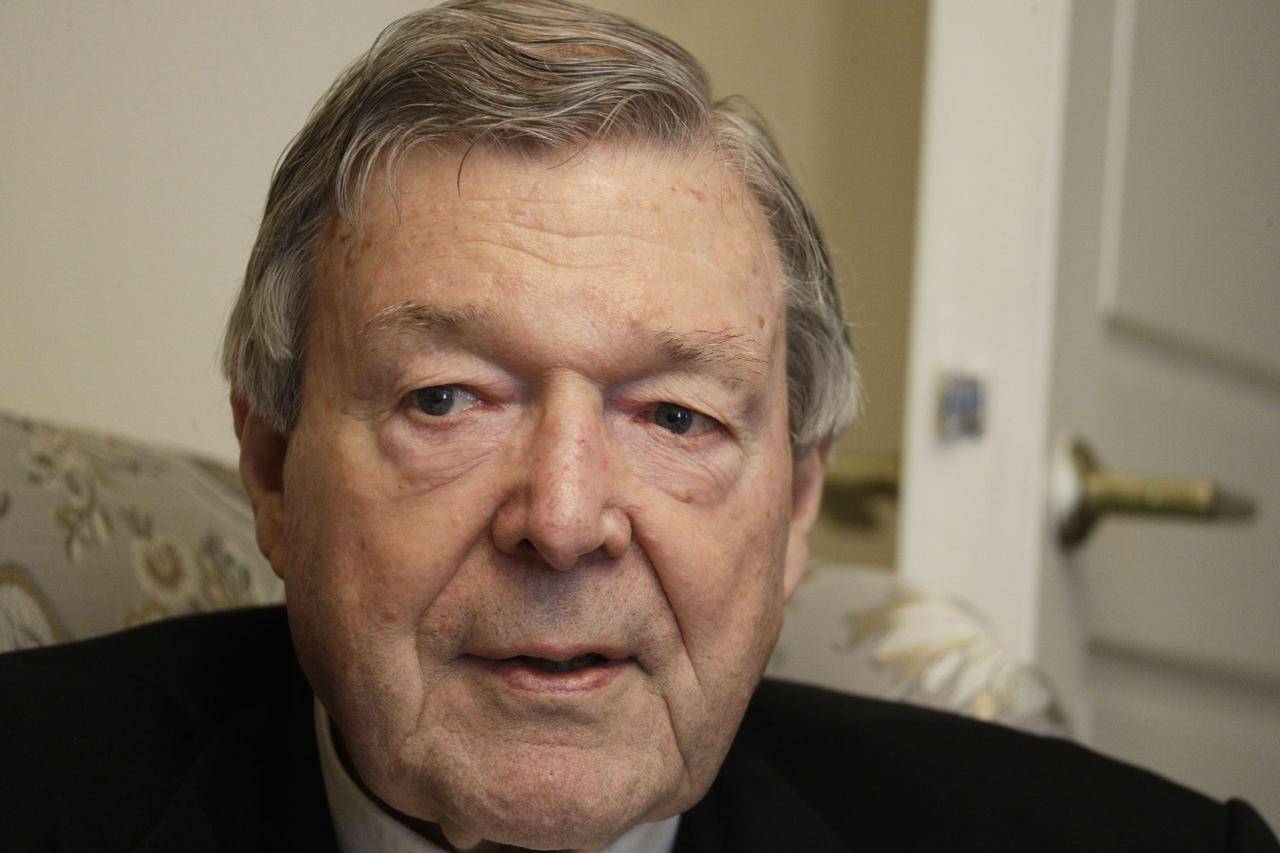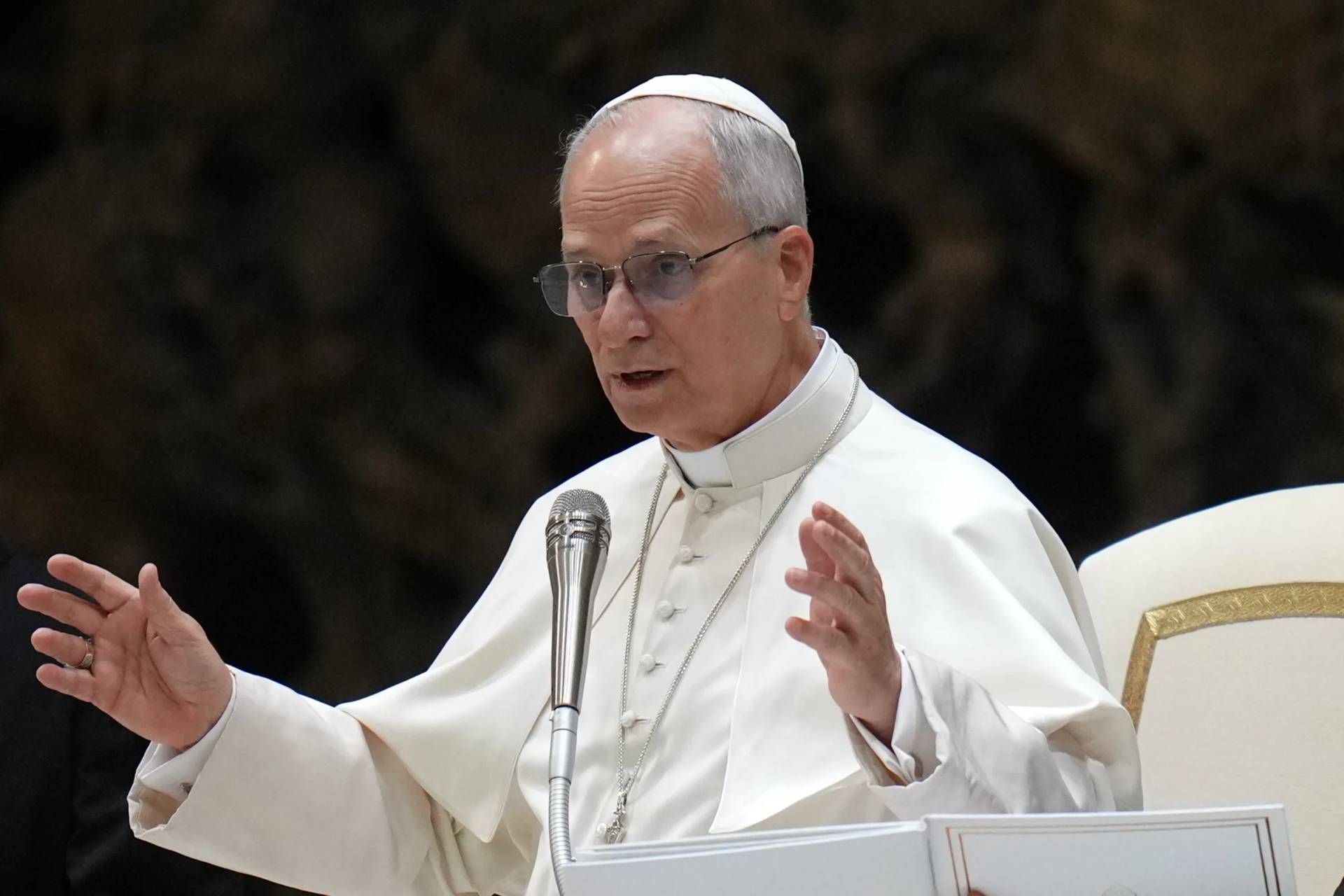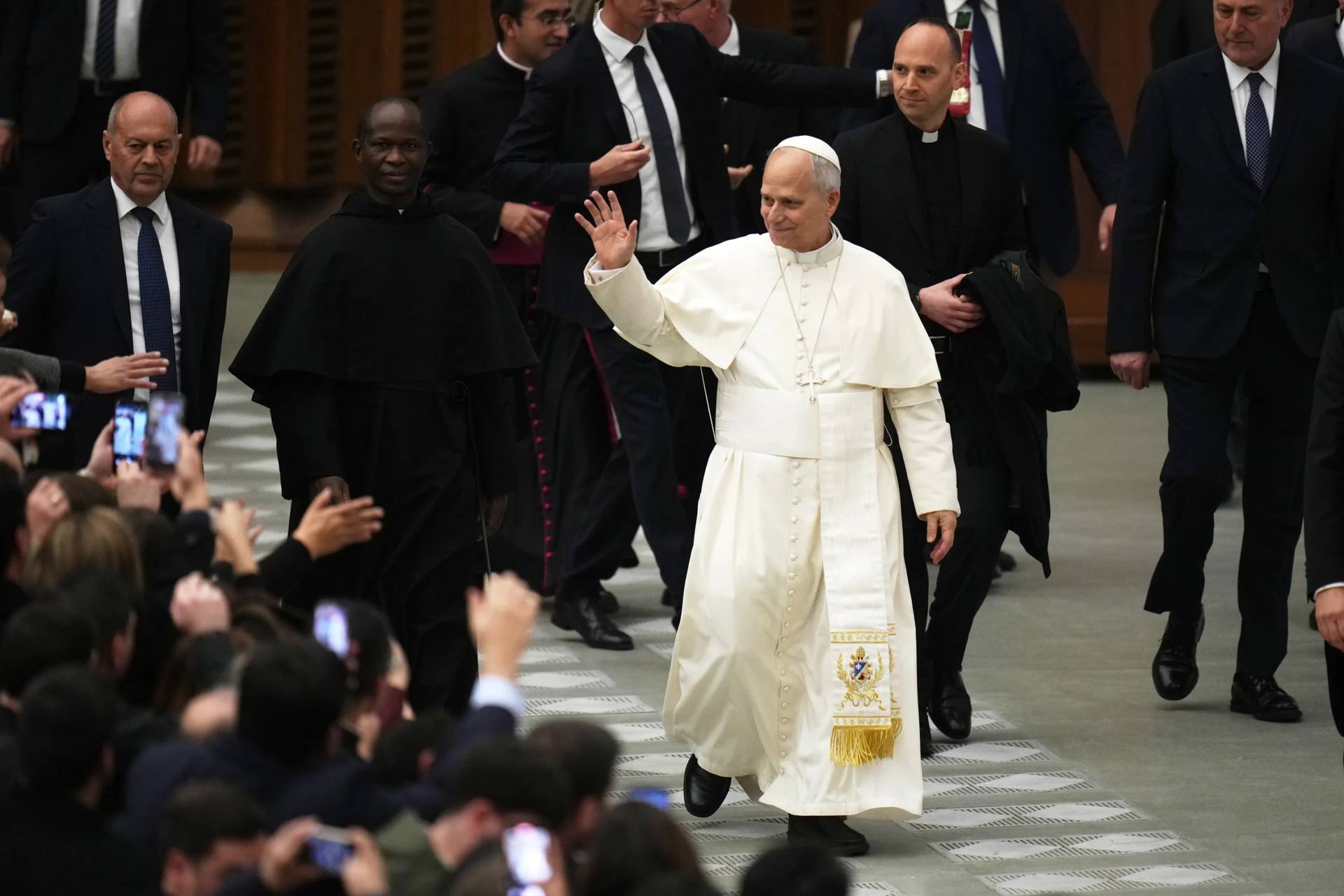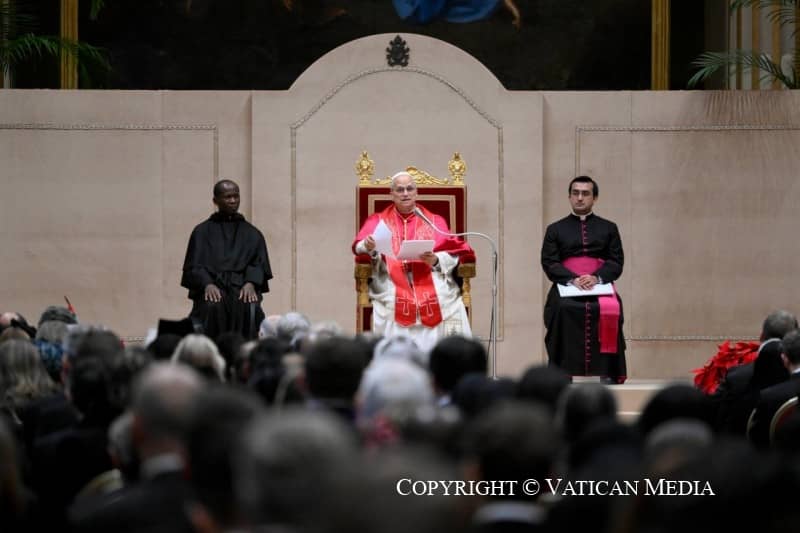When we feel a call to pray, we want to know what prayer is or how to pray. While there are many resources available to help us, none of them can compare with the substance or superiority of the Catechism of the Catholic Church. The fourth part of the Catechism is a synthesis of the best of the spiritual wisdom and insights of the Christian theological tradition.
Placing itself within the other parts of the Catechism the fourth part begins by explaining: “’Great is the mystery of the faith!’ The Church professes this mystery in the Apostles’ Creed (Part One) and celebrates it in the sacramental liturgy (Part Two), so that the life of the faithful may be conformed to Christ in the Holy Spirit to the glory of God the Father (Part Three). This mystery, then, requires that the faithful believe in it, that they celebrate it, and that they live from it in a vital and personal relationship with the living and true God. This relationship is prayer.”
Historically, catechisms can read like plumber’s manuals. They can be very formal, systematic, and dry. They are written to be an echo of divine revelation and the formal teachings of the Church and, at times in the past, they have come across as removed and disconnected with the lives and struggles of believers.
In a remarkable move, but not surprising knowing the lives of the people behind it, the Catechism of the Catholic Church is unique in the catechetical tradition. Each part is engaging, easy-flowing, and approachable.
In terms of the fourth part on prayer, many have commented that the section is less a catechism and more a treatise on the spiritual life. Such observations are meant as a compliment as the fourth part is a beautiful and powerful expose of the Church’s spiritual treasury.
With such a tremendous resource made readily available to believers and all people of goodwill, it’s pressing that we dive into the Catechism’s teachings on prayer and the spiritual life.
The fourth part of the Catechism of the Catholic Church is the shortest of the catechism’s four parts. It consists of two sections. The first section has three chapters, while the second section consists of only one chapter.
Section one is entitled, “Prayer in the Christian Life.” After the initial placement of the fourth part within the context of the other three parts of the Catechism, as we saw above, the section begins with a quote from Saint Therese the Little Flower: “For me, prayer is a surge of the heart; it is a simple look turned toward heaven, it is a cry of recognition and of love, embracing both trial and joy.”
The quote sets the stage for the catechesis on prayer, and it’s a heartfelt plea of a soul desiring to know and have communion with God. There is no stuffy or distant assertion of ascetical truth. The truth is there, but enveloped in a warm and appealing elevation of a heart seeking God.
Every human being, no matter where they might be in their relationship with God, can relate in some fashion to the sentiments of Saint Therese. We all desire recognition and love, especially through life’s trials and joys.
This is the position and starting point for the Church’s universal teaching on prayer and the spiritual life, and it only gets better as the fourth part progresses in its introduction to what it means to be in a vital and personal relationship with God.
Building on the foundation of the Little Flower’s prayer, the Catechism explains prayer in a three-fold way as gift, covenant, and communion.
Citing many other saints, the teaching of prayer as a gift is centered around the conversation of the Lord Jesus with the woman at Jacob’s well. The Catechism gives the summation: “Whether we realize it or not, prayer is the encounter of God’s thirst with ours. God thirsts that we may thirst for him… Paradoxically our prayer of petition is a response to the plea of the living God.”
The presentation of prayer as a covenant focuses on a biblically rich explanation of the spiritual heart and its role in choosing God and desiring him. The Catechism tells us: “It is the action of God and of man, springing forth from both the Holy Spirit and ourselves, wholly directed to the Father, in union with the human will of the Son of God made man.”
And, lastly in the three-fold teaching, prayer as communion is placed within the New Covenant and our call to union with God in Jesus Christ. The Catechism teaches: “Thus, the life of prayer is the habit of being in the presence of the thrice-holy God and in communion with him.”
This is only the beginning of the fourth part and already it touches the human experience, provokes the heart, and inspires us to act on the impulse to pray and so seek union with God.
Join Father Kirby every morning in the free, daily devotional, Morning Offering with Father Kirby.
















